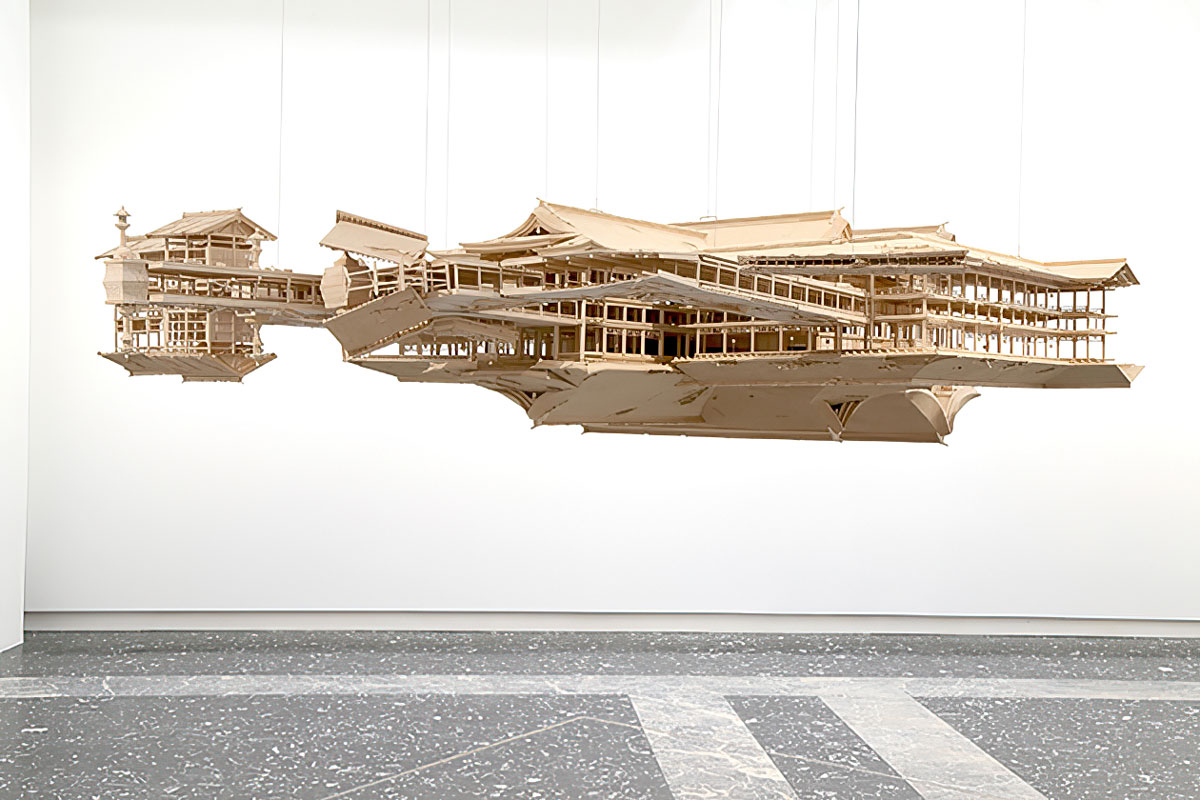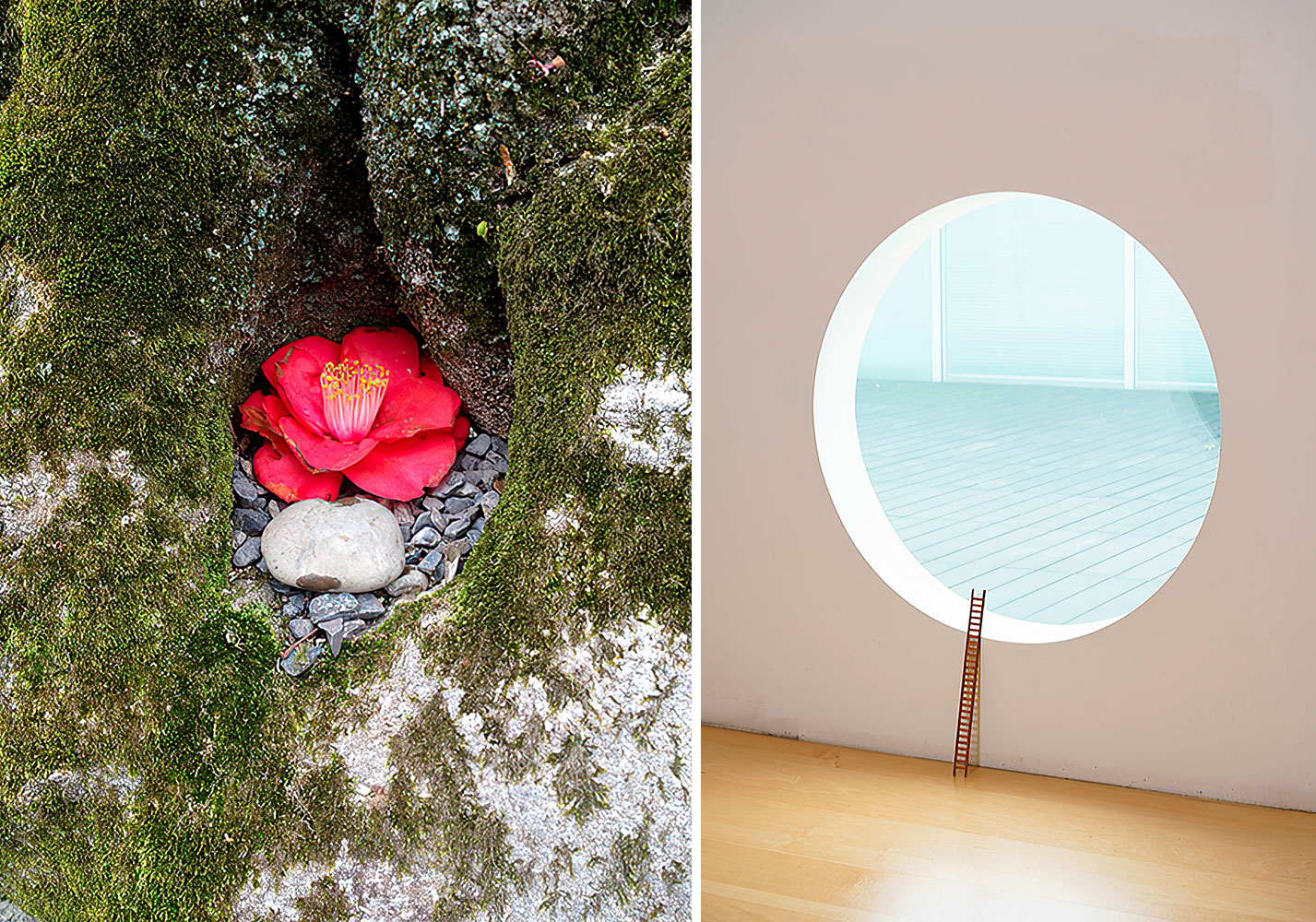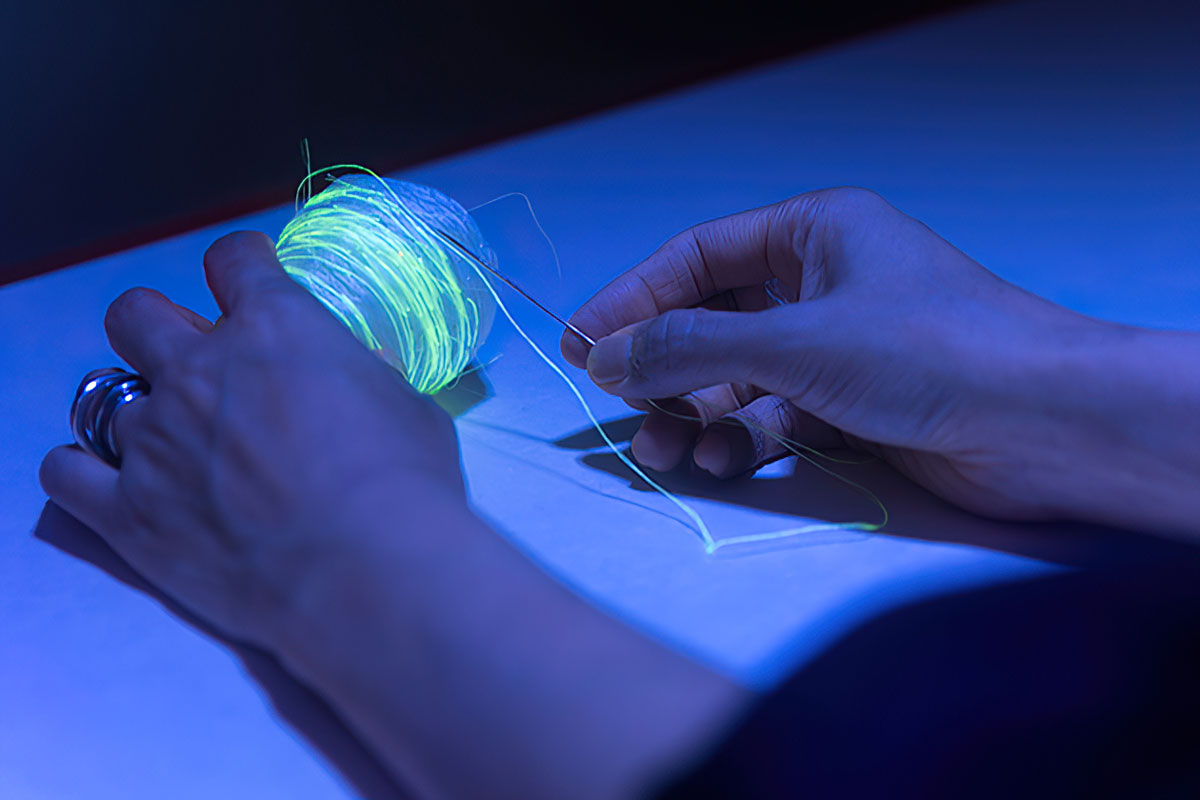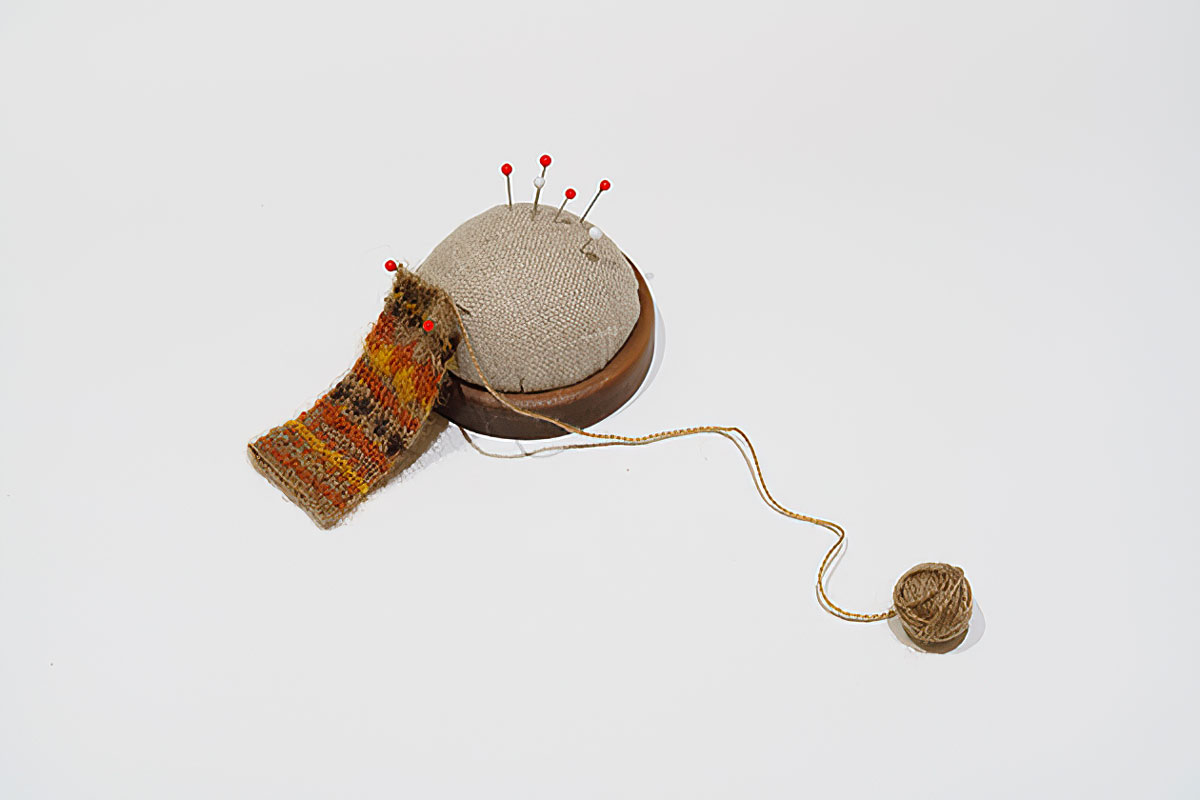ART-PRESENTATION: Somewhere Between the Odd and the Ordinary
 Today, more than a year after the outbreak of the novel coronavirus pandemic, which began in early 2020, there is still no sign that the virus is abating. While daily life has changed throughout the world, in Japan, a country long prone to earthquakes, typhoons, and other natural disasters, many people are accustomed to living with the anxiety and tension that some kind of threat may arise in everyday life.
Today, more than a year after the outbreak of the novel coronavirus pandemic, which began in early 2020, there is still no sign that the virus is abating. While daily life has changed throughout the world, in Japan, a country long prone to earthquakes, typhoons, and other natural disasters, many people are accustomed to living with the anxiety and tension that some kind of threat may arise in everyday life.
By Dimitris Lempesis
Photo: Kanazawa Museum Archive
The exhibition “Somewhere Between the Odd and the Ordinary” eleven Japanese artists as seven individuals/units reexamine aspects of everyday life that we have no choice but to be aware of. First of all, what makes an everyday thing everyday? Some of these things include the little habits and daily chores that we carry out in our lives, and the appointments that we make with our family and others in the area. There are also things like the passage of time and landscapes, which remain largely the same. But even when we repeatedly perform some kind of activity as a matter of course, everyday life differs depending on the person or family. Some of the works in this exhibition focus on tiny creative acts in our lives that we tend to ignore or overlook. Others capture the inner workings of the heart when we are faced with sudden loss or disaster. And still others express the ever-changing form of everyday life. What emerges somewhere between the odd and the ordinary is the present. The participating artists range from emerging artists born in the 1980s, to mid-career practitioners born in the 1970s, and veterans of 1960s vintage, presenting the kind of everyday things that happen to everyone, in a variety of media including photography, video, sculpture, drawing, embroidery, pictures and words. These are artists based not only in Japan’s major metropolises, but also in smaller centers and rural areas, and their creative acts are intimately tied to their day-to-day routines.
Aoki Ryoko chiefly makes works combining multiple drawings featuring flora and fauna, while Ito Zon renders chains of images in embroidered lines. When presenting work as a unit, the pair join their respective offerings loosely in installations often consisting of serial animations on themes such as improvised art-making in the gallery space, or human development. In this exhibition they present works that draw out the possibilities of acts of “making” grounded in people’s everyday lives, such as knitting and gardening, based on their work for the Reborn-Art Festival, of which they have been a part since 2017. Born 1975 in Hiroshima, Iwasaki Takahiro is known for works that challenge viewer perceptions by taking the likes of historic buildings, pylons and cranes, shrinking them, and replacing their materials with others of different textures and robustness. In this exhibition, Iwasaki will use new works with a tagasode (lit. “whose sleeves?) motif and others to suggest an ordinary altered by the pandemic, and at the same time, highlight an ordinary that takes change on board and thus persists, through the work Reflection Model (Ship of Theseus), in which real and mirror images of the damaged Itsukushima Shrine are constructed from cypress. Video artist Komori Haruka and Seo Natsumi, who uses pictures and text in her practice, joined forces after the Tohoku earthquake of 2011, and since then, shifting their base from Rikuzentakata to Sendai, have produced works that scrutinize changes in the Tohoku landscape, listen to the stories of the people who live there, document and relay those stories. Here they will present a work consisting of a video capturing the real voices of young people in Tokyo “after the quake and before the Olympics” and “during the pandemic” plus words and pictures by Seo, and a chronology of the pandemic. From 1984 to 2000 Koyamada Toru was part of the collective Dumb Type, which he helped form while at university, and from the 1990s also developed numerous shared spaces for people to come together, converse, and build relationships. His work relies heavily on the technique of bricolage, in which the people assembled in a place come up with ways to utilize objects found on-site. This exhibition will present bricolage-type activities undertaken from day to day by Koyamada and family, and works such as “Daddy Bento” and “Pilgrimage, Make-Believe Play” emerging from collaboration with his daughter Koyamada Kazuki.
Shitamichi Motoyuki homes in on unusual things buried in the day-to-day, such as wartime relics, boulders washed up by tsunami, and bridges over narrow canals and ditches in city streets, carrying out exhaustive research on these finds and presenting the results in photos, video, and text. At this exhibition he presents works that track unusual scenes people are unaware of amid the ordinary, and the kind of creative acts people engage in unconsciously, in a display centered on the works Mother’s Covers, which captures the act of his mother-in-law appropriating items that happen to be at hand for lids, and 14 years old 凹 and 凸 , in which middle school students were asked to research the phenomenon of broken things in their homes being fixed or compensated for by other objects. The artist unit, consisting of the twin sisters Akiko & Masako Takada, are taking small everyday items, pieces of clothing and so on, and modifying them by means such as carving and embroidery to form motifs and landscapes of a totally different scale, the pair’s works have an inherently evocative, lyrical quality. In this exhibition they will place works in a gallery arranged to look like a room in a house, a tacit nod to the suffocating sensation of being housebound by the pandemic, yet at the same time creating a space that gives a feel for the gradations between odd and ordinary, and the links we have with the outside world even when physically separated from it. In Takemura Kei’s “Renovated” series in which the artist wraps broken or “wounded” everyday objects in semitransparent fabric and embroiders over the damaged parts, and installations overlaying embroidered white cloth on drawings and photographs, Takemura attempts to capture things such as memories and landscapes prone to being forgotten, things that change, and objects that break, like household items, through the act of stitching. Here she will present works from the “Renovated” series made using glowing fluorescent silk thread, and also repair works on-site at irregular intervals throughout the exhibition.
Photo: IWASAKI Takahiro, Out of Disorder (Coney Island), 2012, Private Collection ©Takahiro Iwasaki, Courtesy of ANOMALY
Info: Curators: Yamashita Juri and Yokoyama Yukiko, 21st Century Museum of Contemporary Art Kanazawa, 1-2-1 Hirosaka, Kanazawa, Ishikawa Prefecture, Japan, Duration: 29/4-26/9/2021, Days & Hours: Tue-Thu & Sun 10:00-18:00, Fri-Sat 10:00-20:00, www.kanazawa21.jp



Right: TAKADA Akiko & Masako, A Ladder (Ruler I), 2019, Collection of the Artist, Photo: NAGATSUKA Hideto





